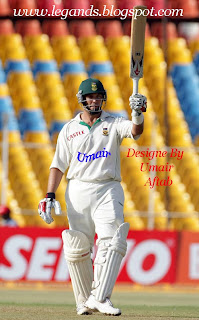
Full name
Jacques Henry KallisBorn October 16, 1975, Pinelands, Cape Town, Cape Province
Current age 32 years 314 days
Major teams South Africa, Africa XI, Bangalore Royal Challengers, Cape Cobras, Glamorgan, ICC World XI, Middlesex, Western Province
Batting style Right-hand bat
Bowling style Right-arm fast-medium
Test debut South Africa v England at Durban, Dec 14-18, 1995
Last Test England v South Africa at The Oval, Aug 7-11, 2008
ODI debut South Africa v England at Cape Town, Jan 9, 1996
Last ODI England v South Africa at Leeds, Aug 22, 2008
ProfileIn an era of fast scoring and high-octane entertainment, Jacques Kallis is a throwback - and an astonishingly effective one at that - to Test cricket's more sedate age, when one's wicket was a commodity to be guarded with one's life, and runs were but an accidental by-product of crease occupation.
After a distinctly ordinary start to his Test career, Kallis blossomed into arguably the world's leading batsman, with a defensive technique second-to-none, and the adhesive qualities of a Cape Point limpet. Generally a placid and undemonstrative man, he nailed down the crucial No. 3 position in the South African batting order after a number of players had been tried and discarded, and his stock rose exponentially from that moment. In 2005, he was honoured as the ICC's Test and overall Player of the Year, after a run of performances against West Indies and England that marked him out as the biggest scalp in the modern game.

His batting is not for the romantic - a Kallis century tends to be a soulless affair, with ruthless efficiency taking precedence over derring-do, and he has never quite dispelled the notion that he is a selfish cricketer, with more interest in his average than his team's position. But whatever it is that makes him tick, it has propelled him to the top of the all-time South African Test batting charts, and until the emergence of Andrew Flintoff, he was by some distance the leading allrounder in the world game, capable of swinging the ball sharply at surprising pace off a relaxed run-up. He is a strong man with powerful shoulders and a deep chest and he has the capacity to play a wide array of attacking strokes, if not always the inclination. To add to all this, he is a fine slip fielder.
Missed the first Test of South Africa's tour of Australia at the end of 2005 with an elbow problem, struggled facing Brett Lee at Melbourne and was hampered by the injury in making a patient and crucial 111 in the first innings at Sydney. Added a slow, unbeaten half-century in the second innings as South Africa contemplated their declaration and ended with an average of 61.33. Stood in as captain for the gut-wrenching third Test in a return series at home recently, and was the lead South African batsman in a bowler-dominated contest. A fighting 114 out of a total of 267 at Durban highlighted his series return of 227 runs and seven wickets. With Graeme Smith ruled out for 12 weeks with an ankle injury, Kallis was named captain for three ODIs and a Twenty20 against Zimbabwe at home ahead of the Champions Trophy in October.
Against India at home at the end of the 2006, Kallis topped the ODI run tally on either side with 168 at 84, including an unbeaten hundred, but managed only one fifty in the Test series. Against Pakistan just after that, Kallis continued to amaze with his all-round feats. He was the leading run-scorer of the series and his bowling was vital in a weaker attack at Newlands. In the ODIs, he hit two crucial half-centuries and topped the averages. At the 2007 World Cup, Kallis was South Africa's highest run-scorer with 485, but drew further criticism for his sluggish approach at the crease. Failed in the semi-final against eventual winners Australia. Kallis was not included in the South African side for the Twenty20 World Championship at home in September.
It was, however, no surprise to see him live up to his reputation after being recalled to the side for short tour of Pakistan towards the end of 2007. After back-to-back Man-of-the-match titles there really was only one contender for Man of the Series, and Kallis continued his excellent form with hundreds and wickets in series against New Zealand and West Indies at home. Kallis's continued run of prolific scores helped him displace Mohammad Yousuf from the second position in the rankings for Test batsmen, and Kallis also extended his lead in the rankings for Test allrounders, where he moved in first place ahead of Andrew Flintoff.

















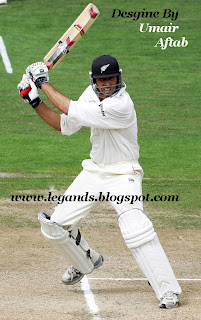










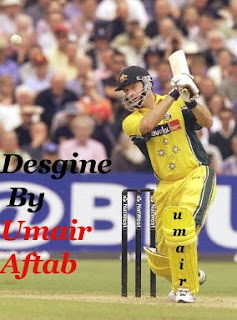
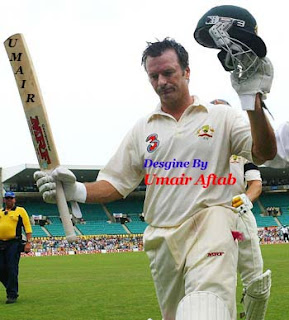


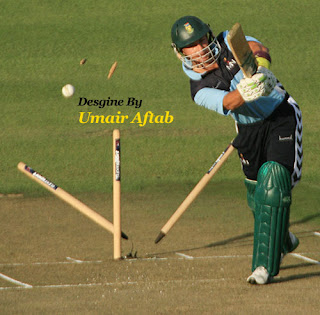





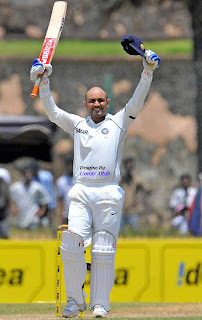









 Considering the type of stuff floating around in his gene pool, it would have been surprising if Shaun Pollock had not been an international cricketer - and a very good one at that. Dad Peter led the South African attack through the 1960s; uncle Graeme was one of the finest, if not the finest, left-hander to play the game. Shaun has bits of both in his makeup, but it is as an immaculate, Hadlee-esque, line and length seamer that he has established himself. At the start of his first-class career, though, he was both slippery and aggressive and his Natal team-mates delighted in totting up the number of batsmen he pinned match after match. He was brought into the South African Test side against Michael Atherton's England tourists in 1995/96 and although his father was the convener of selectors, there was never a hint of nepotism and the younger Pollock took quickly to the higher level.
Considering the type of stuff floating around in his gene pool, it would have been surprising if Shaun Pollock had not been an international cricketer - and a very good one at that. Dad Peter led the South African attack through the 1960s; uncle Graeme was one of the finest, if not the finest, left-hander to play the game. Shaun has bits of both in his makeup, but it is as an immaculate, Hadlee-esque, line and length seamer that he has established himself. At the start of his first-class career, though, he was both slippery and aggressive and his Natal team-mates delighted in totting up the number of batsmen he pinned match after match. He was brought into the South African Test side against Michael Atherton's England tourists in 1995/96 and although his father was the convener of selectors, there was never a hint of nepotism and the younger Pollock took quickly to the higher level.


